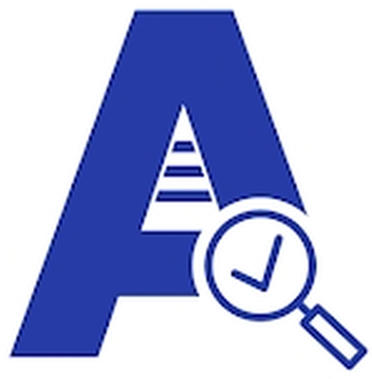Forklift Operator Safety Audit
Conducting a forklift operator safety audit is crucial to ensure the safety of operators, other employees, and the overall workplace environment.
Here is a comprehensive checklist for a forklift operator safety audit:

Pre-Audit Preparation
- Documentation Review
- Training Records: Verify that all forklift operators have up-to-date training certifications.
- Maintenance Logs: Check the maintenance records of all forklifts.
- Inspection Reports: Ensure that daily/weekly inspection reports are available and complete.
- Safety Policies: Review company safety policies and procedures.
- Audit Team Formation
- Assemble a team of qualified safety personnel to conduct the audit.
Forklift Inspection
- General Condition
- Check for any visible damage or wear and tear.
- Ensure that all safety labels and warnings are legible.
- Operational Controls
- Verify that all controls (steering, brakes, horn, lights, etc.) are functioning properly.
- Safety Features
- Ensure that seat belts, overhead guards, and other safety features are in place and functional.
- Fluid Levels
- Check hydraulic fluid, engine oil, coolant, and fuel levels.
- Tires
- Inspect tire condition for any damage or excessive wear.
Operator Practices
- Pre-Operation Inspection
- Verify that operators are conducting pre-operation inspections and documenting findings.
- Load Handling
- Observe operators to ensure they are lifting loads within the forklift’s capacity.
- Check that loads are balanced and secured.
- Driving Practices
- Ensure operators are driving at safe speeds and following designated paths.
- Observe for safe turning, stopping, and reversing practices.
- Use of Safety Gear
- Confirm that operators are wearing appropriate personal protective equipment (PPE).
Workplace Environment
- Traffic Management
- Evaluate the traffic flow and segregation of pedestrians and forklifts.
- Check for clear signage and floor markings.
- Workplace Conditions
- Inspect the floor conditions for any hazards (e.g., spills, debris).
- Ensure adequate lighting in all areas where forklifts operate.
- Emergency Preparedness
- Verify the availability and accessibility of fire extinguishers and first aid kits.
- Ensure that emergency exits are clearly marked and unobstructed.
Compliance and Documentation
- Regulatory Compliance
- Confirm that all operations comply with OSHA standards and other relevant regulations.
- Record Keeping
- Ensure all safety audits, training records, and inspection logs are properly documented and stored.
Audit Reporting
- Findings and Recommendations
- Document all findings, including any safety violations or areas for improvement.
- Provide clear recommendations for corrective actions.
- Follow-Up
- Set a timeline for implementing corrective actions and schedule follow-up audits to ensure compliance.

Forklift Operator Safety Audit Checklist Template
Here is a simplified template for the Forklift Operator Safety Audit:
| Audit Item | Compliant (Yes/No) | Comments/Actions Required |
|---|---|---|
| Documentation Review | ||
| Training Records | ||
| Maintenance Logs | ||
| Inspection Reports | ||
| Safety Policies | ||
| Forklift Inspection | ||
| General Condition | ||
| Operational Controls | ||
| Safety Features | ||
| Fluid Levels | ||
| Tires | ||
| Operator Practices | ||
| Pre-Operation Inspection | ||
| Load Handling | ||
| Driving Practices | ||
| Use of Safety Gear | ||
| Workplace Environment | ||
| Traffic Management | ||
| Workplace Conditions | ||
| Emergency Preparedness | ||
| Compliance and Documentation | ||
| Regulatory Compliance | ||
| Record Keeping |



